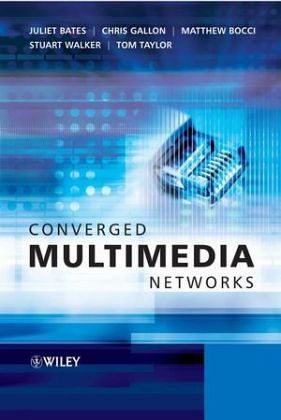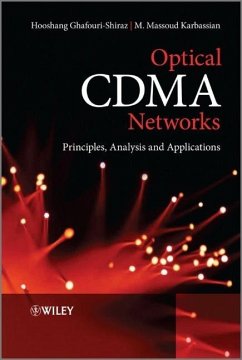
Converged Multimedia Networks

PAYBACK Punkte
68 °P sammeln!
This book focuses largely on enabling technologies for network convergence. A principal aim is to show where parallel functions exist in fixed and mobile voice network architectures and to explain how these functions will be combined. The authors describe the components of a future converged architecture and consider the following key aspects: QoS Requirements, Proposed Solution Architectures, Protocol and Interface options, Underlying Network Issues and Security issues. The book also compares and describes initiatives from several standards bodies working to simplify to a clean architecture a...
This book focuses largely on enabling technologies for network convergence. A principal aim is to show where parallel functions exist in fixed and mobile voice network architectures and to explain how these functions will be combined. The authors describe the components of a future converged architecture and consider the following key aspects: QoS Requirements, Proposed Solution Architectures, Protocol and Interface options, Underlying Network Issues and Security issues. The book also compares and describes initiatives from several standards bodies working to simplify to a clean architecture and a common set of protocols. The impact on a Multi Protocol Label Switching (MPLS) network, the preferred method of transport for the core network, will be considered in detail.












